Solicitud de presupuesto de envío
Calcularemos el precio del envío tan pronto como recibamos tu pedido.
Solicitud de presupuesto de envío
Calcularemos el precio del envío tan pronto como recibamos tu pedido.
También te podría gustar
Productos patrocinados
Juego de ajedrez turquesa y blanco de alabastro Volterra, Italia, años 70. Juego de 33

Obra de arte mogol vintage enmarcada, años 60

Obra de arte de Khatam vintage en acuarela, años 50

Dispensador de teleférico Candy Nr 38, 2000
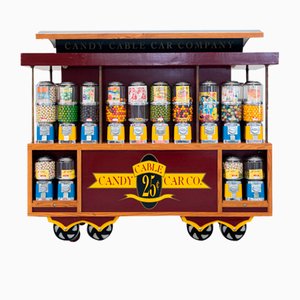
Más productos de este distribuidor
Reloj de repisa Art Déco de péndulo de Junghans
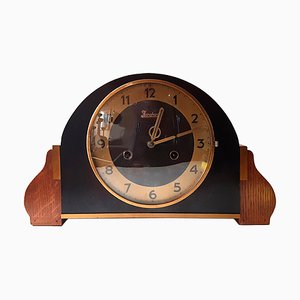
Grabado al aguatinta y aguafuerte De Parade IV (The Parade IV) & Ceatheat de Cees Landsaat, 1977
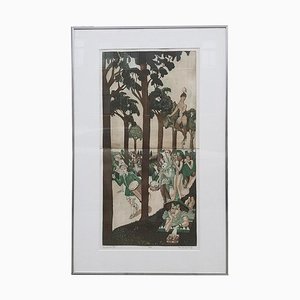
Plafón italiano de metal y vidrio, años 60

Cuenco para patatas fritas de JF

Lámpara de pared ajustable holandesa Mid-Century
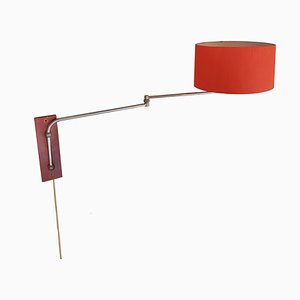
Lámpara de pared alemana de vidrio grabado de Peill & Putzler, años 60
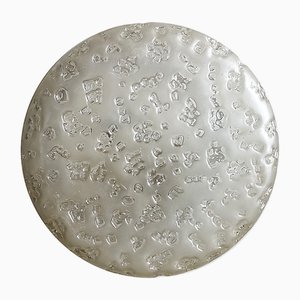
Lámparas de mesa Ml1 de vidrio atribuidas a Ingo Maurer para Design M, años 70. Juego de 2
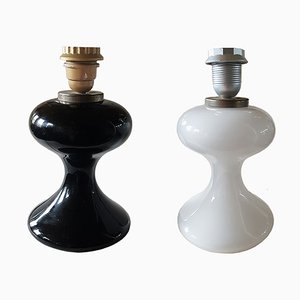
Taburete giratorio ajustable Mid-Century de madera
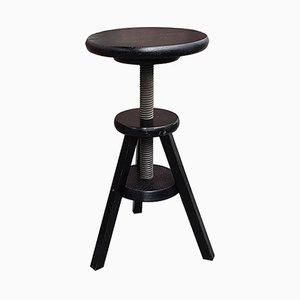
Lámpara colgante Mid-Century de vidrio, latón, acrílico y metal de Schmahl & Schulz, años 60
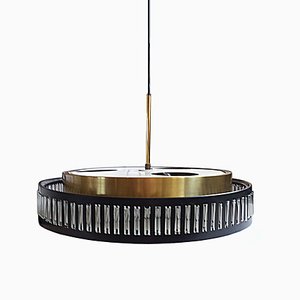
Cuenco grande de vidrio de Oiva Toikka para Iittala, años 60
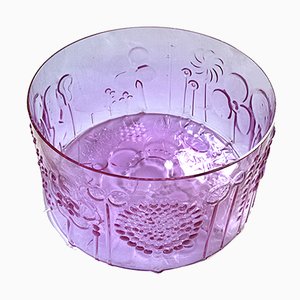
Lámpara de pared Mid-Century de Fischer Leuchten, años 70
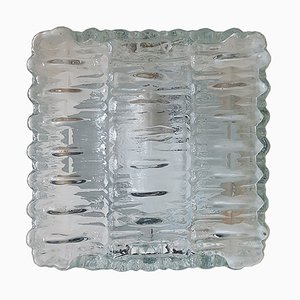
Plato o cuenco Mid-Century atribuido a Rusha Keramik
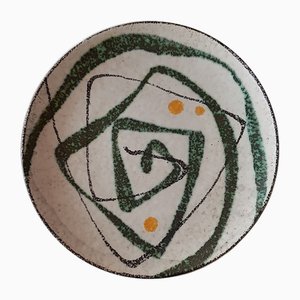
Cuenco Le Voyage De Marco Polo de Versace para Rosenthal, 1993

Conjunto de pared Mid-Century de Coen de Vries para Pilastro, años 50
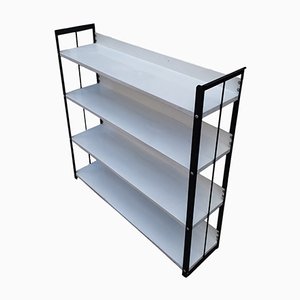
Jarrón de cristal de Murano, años 70
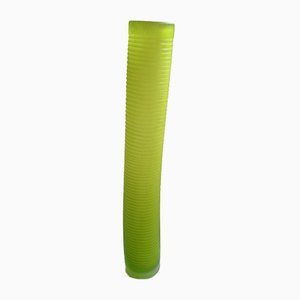
Sopera de Villeroy & Boch
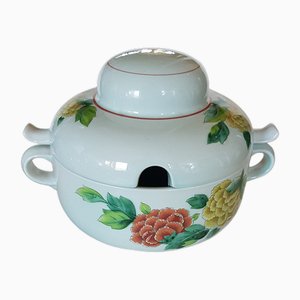
Lámpara de pared o de techo alemana, años 60
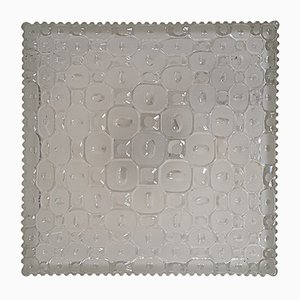
Lámpara de mesa Ice Cube de vidrio esmerilado de Ikea, años 90
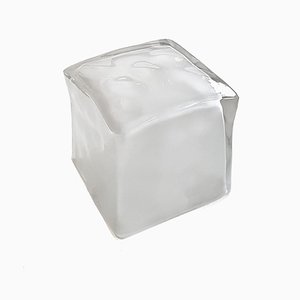
Lámpara colgante vintage de cerámica, años 60
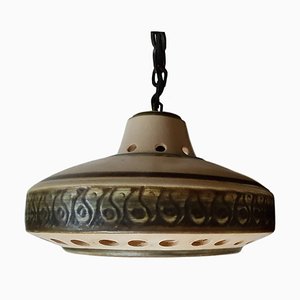
Lámpara de pared de pinza Mid-Century

Más productos
Contacta con nosotros
Haz una oferta
¡Hemos notado que eres nuevo en Pamono!
Por favor, acepta los Términos y condiciones y nuestra Política de privacidad
Contacta con nosotros
Haz una oferta
¡Ya casi está!
Para seguir la conversación en la plataforma, por favor completa el registro. Para proceder con tu oferta en la plataforma, por favor completa el registro.Exitoso
Gracias por tu consulta, alguien de nuestro equipo se pondrá en contacto contigo en breve.
Si eres profesional del diseño, por favor solicita aquí los beneficios del Programa comercial de Pamono